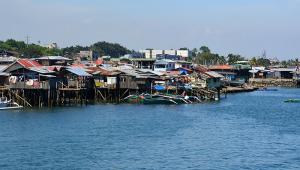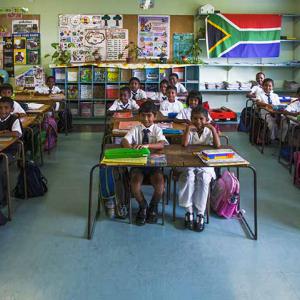By Nick Mann | 3 May 2013
The Philippines’ finance secretary has hailed Standard & Poor’s decision to lift the Philippines out of ‘junk’ status as recognition of the country’s strong economic and fiscal gains.
The upgrade is the second for the Philippines in quick succession, after Fitch also moved it from junk status to investment grade last month.
Finance Secretary Cesar Purisima said yesterday’s S&P upgrade from BB+ to the lowest investment grade rating, BBB–, was a ‘momentous achievement’ that showed good governance was bringing structurally sustainable growth to the country.
Announcing its decision, S&P cited the Philippines’ low inflation and the government’s success in reducing its reliance on foreign currency debt. Large net transfers from Filipinos working abroad are expected to keep the country’s current account – the balance between money and trade inflows and outflows – in surplus for the ‘next several years’.
S&P also praised the current and previous governments’ successes in spending restraint and modest revenue gains.
Purisima said: ‘We are very pleased that S&P, along with Fitch, has also now affirmed the Philippines’ strong economic and fiscal gains – progress that has been made thanks to the discipline and prudence in financial management instilled by President Aquino in his administration.
‘This investment grade rating is another resounding vote of confidence on the Philippines and an affirmation of what the markets already recognise – that our economy’s underlying soundness is on par with countries rated investment grade or higher.'
He added: ‘For now, we must redouble our efforts to remove the remaining constraints to our growth if we are to reach even greater heights. The Philippine government will continue to focus on infrastructure development, on creating a larger fiscal space to support social investments, and on further opening up the economy.’
S&P did, however, warn that the Philippines was being constrained by its low per capita gross domestic product which, at $2,850 a year, remains below that of most other countries with a similar current rating.
‘The concentrated nature of the economy, infrastructure shortfalls and restrictions on foreign ownership, which deter foreign investment, are factors that hamper growth,’ it added ‘The economy is also unable to absorb its entire productive workforce, as suggested by the high level of emigration.’












